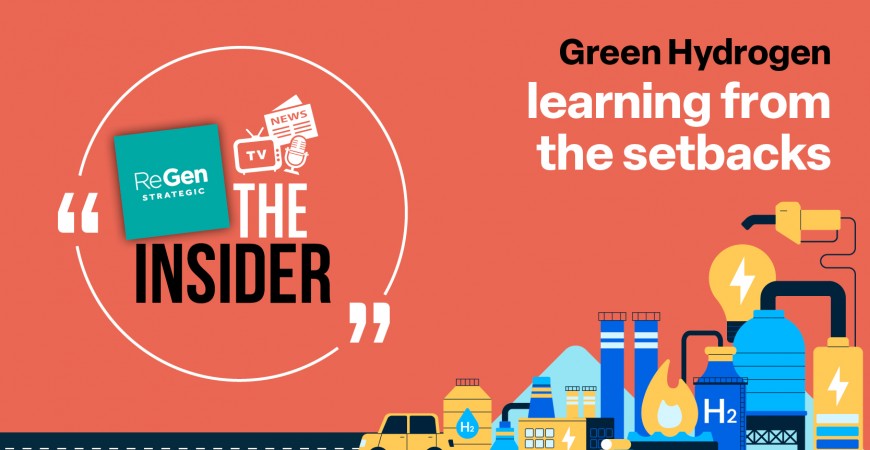In recent years, the advent of a domestic green hydrogen industry has been surrounded by an air of near-mythic expectation. Critics have pointed to the sector as a bubble, while most sensible players in the space acknowledge there has been a hype-cycle creating a frenzied environment. This has been fuelled by influential industry proponents but also by our political leaders.
In Queensland, 2021, then-premier Annastacia Palaszczuk declared Queensland would be at the forefront of a “hydrogen revolution”, promoting the $12.5 billion Central Queensland Hydrogen Project. This project was initially forecast to produce up to 200 tonnes of liquefied hydrogen a day by 2028.
Meanwhile, Andrew Forrest and Fortescue announced plans for the world’s largest electrolyser manufacturing plant and a green hydrogen production facility right next door.
Three years later, both projects have been abandoned. The government is now left with a new $1 billion water pipeline to Gladstone with no customer and more than $60 million in sunk public infrastructure costs.
Following a change in government, Queenslanders are raising eyebrows at very large sums being invested in infrastructure without an immediate purpose. Impacted communities and the wider public are right to query the return on their investment.
It comes after South Australian Premier Peter Malinauskas removed support for a $596m hydrogen plant in February, and then the axing of the $750m Trafigura green hydrogen project in Port Pirie.
Hydrogen is facing a commercial reckoning, as all emerging industries do. There are always many more projects in this environment that do not progress to FID or reach commercial operation.
But could this winnowing of viable commercial opportunities, as part of any sorting process for allocating capital investment, allow for more focused and outcomes-dependent support?
This is not a call to abandon hydrogen, nor to retreat from ambition. It is, however, an argument to reframe the debate and to ground our national conversation in science, engineering realities, and measured economics.
Alison Reeve’s article in The Conversation last month provides an excellent overview on why the industry is floundering presently. One of her arguments is undisputable – green hydrogen is expensive to get right. But if costs can brought down, there remains limited demand for hydrogen: “This creates a chicken-and-egg problem. Green hydrogen proponents won’t invest in high-volume production unless there are large offtakers to buy the product. But large offtakers won’t invest in changing their processes unless they are assured of supply.”
If hydrogen is to play a serious role in Australia’s future, it will require steady, long-term government support, coherent policy frameworks, and a transparent path that brings the public along for the journey.
If we are to achieve Australia’s green hydrogen vision we must learn from recent project failures – not to signal that green hydrogen is dead – but to avoid “picking winners” and to take a more deliberate, measured approach when communicating with the public and stakeholders.
There is no question that significant investment is required, and we must buy into the vision – even if the results aren’t as immediate as we first hoped.
ReGen Strategic, for example, is assisting several hydrogen players deliver mega-projects across the country. These players remain confident in the technology, but their project delivery horizon stretches decades into the future – all requiring massive levels of investment and the right policy settings.
In the short-to-medium term, it would appear that the best prospects for green hydrogen in Australia are to ensure that a first phase of low-cost and at-scale renewable energy is available to support industrial decarbonisation.
Australia’s future in hydrogen depends less on grand announcements and more on disciplined delivery, encouraging demand for potential uses of the product, industry collaboration, bi-partisan support, and long-term thinking.
Finally, all governments must learn from missteps, acknowledge the challenging path to green hydrogen, and openly communicate to ensure the public are brought along for the journey.
 ReGen Strategic
ReGen Strategic